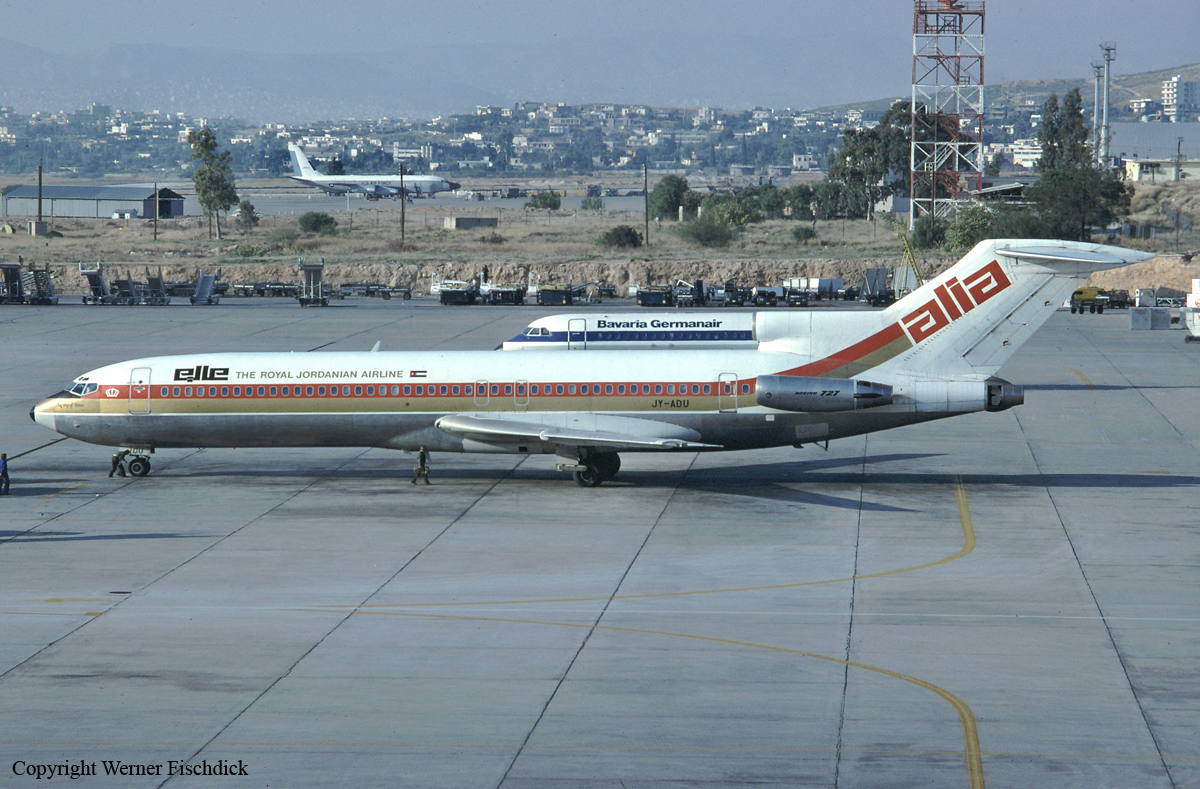Country
Crash of a Boeing 727-264 on Mt San Andrés: 167 killed
Date & Time:
Mar 31, 1986 at 0911 LT
Registration:
XA-MEM
Survivors:
No
Schedule:
Mexico City – Puerto Vallarta – Mazatlán – Los Angeles
MSN:
22414
YOM:
1981
Flight number:
MX940
Crew on board:
8
Crew fatalities:
Pax on board:
159
Pax fatalities:
Other fatalities:
Total fatalities:
167
Circumstances:
The three engine aircraft departed Mexico City-Benito Juárez Airport at 0840LT on a regular schedule service to Los Angeles with two intermediate stops in Puerto Vallarta and Mazatlán, carrying 159 passengers and a crew of eight. While cruising at the assigned altitude of 31,000 feet, an explosion occurred on the left main gear wheel well after a tire burst. Fuel and hydraulic lines were ruptured and electrical cables severed, causing a cabin decompression. The captain declared an emergency and elected to reduce his altitude when the aircraft caught fire after fuel ignited. The aircraft entered an uncontrolled descent and crashed on the slope of Mt San Andrés (3,569 meters high) located 18 km southwest of Maravatio, State of Michoacán. The aircraft disintegrated on impact and all 167 occupants were killed.
Probable cause:
It was determined that the left main gear brake was overheated during the takeoff run. This allowed a tire to explode due to high temperature and pressure because it has been serviced with air rather than nitrogen.
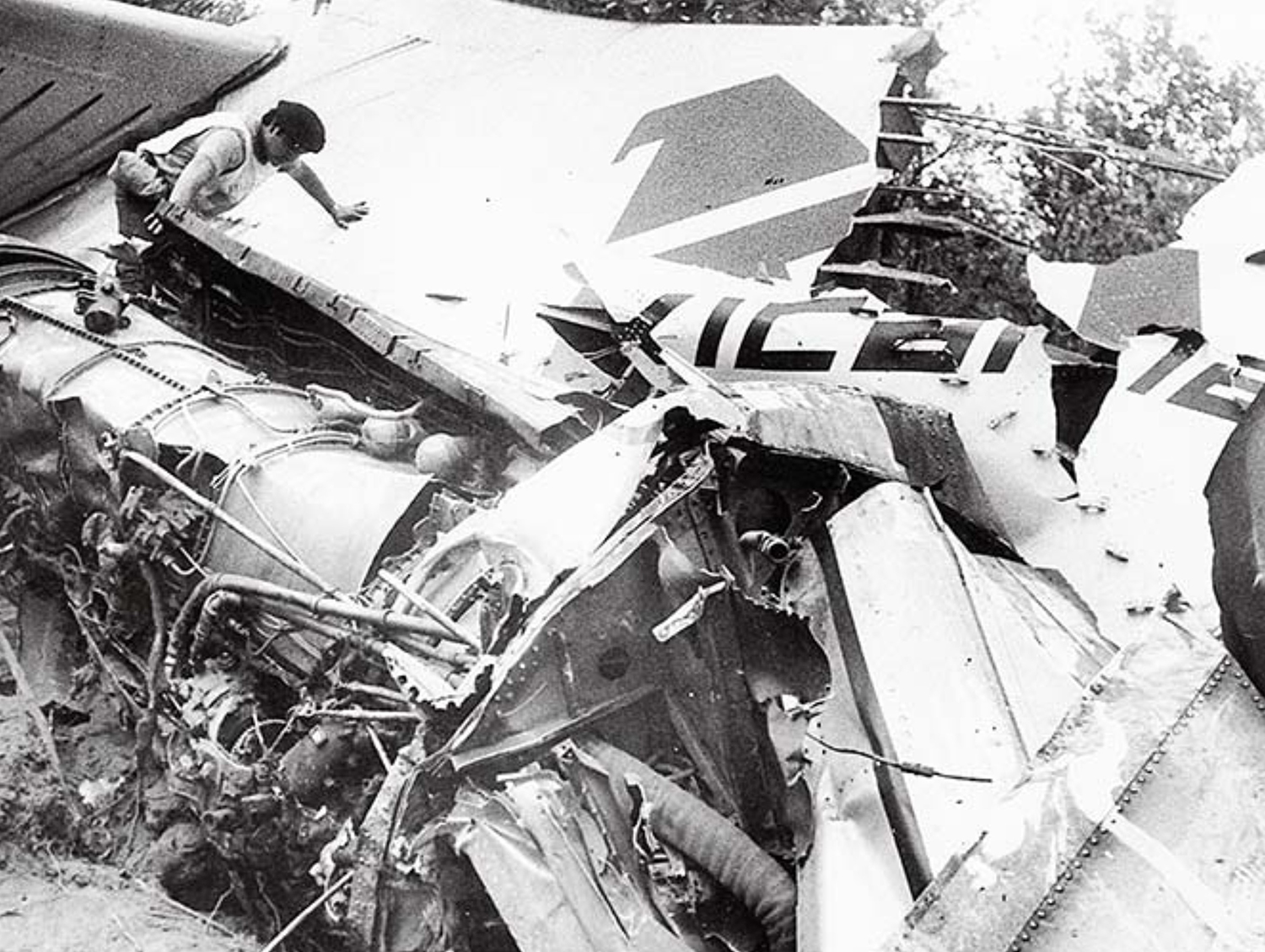
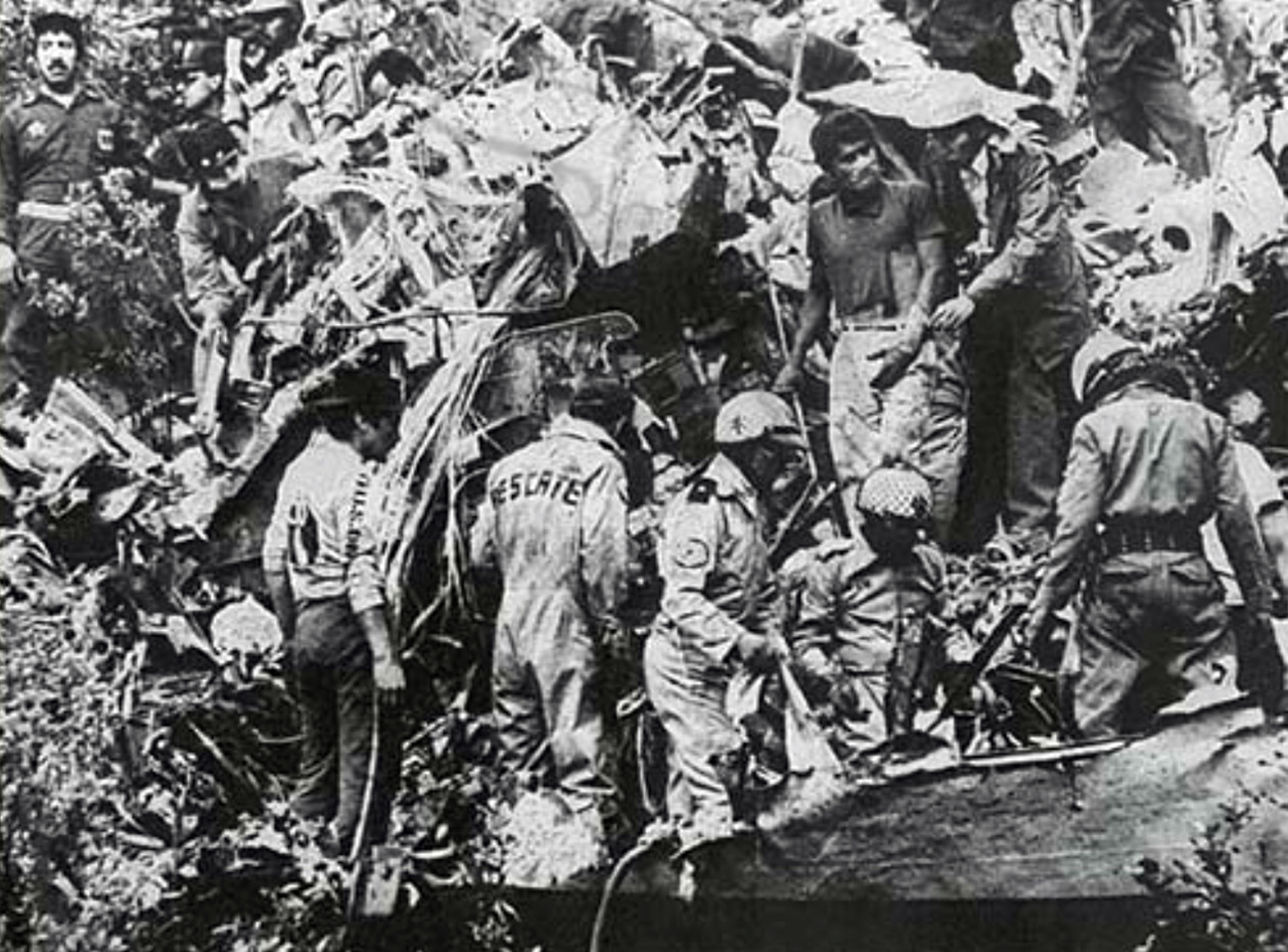
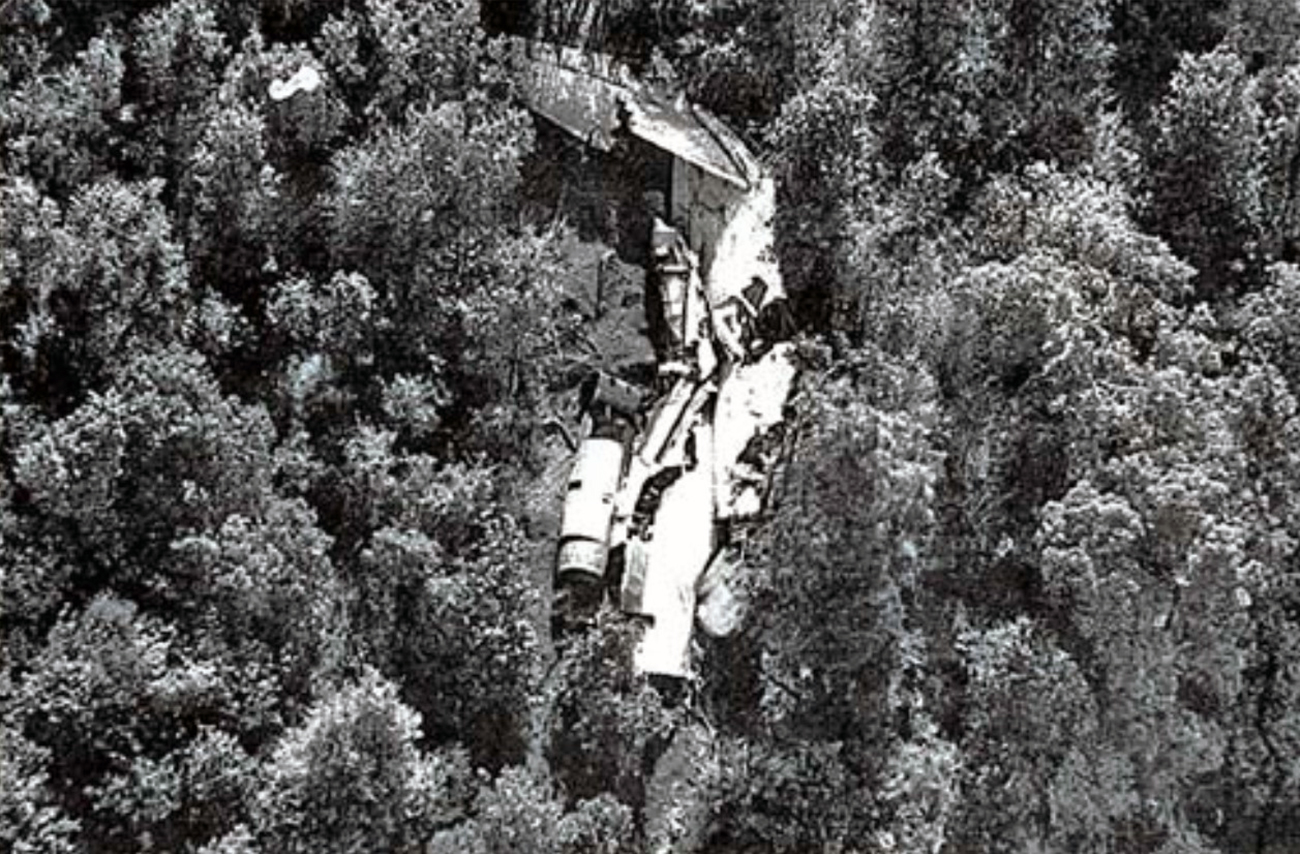
Crash of a Boeing 727-256 near Bilbao: 148 killed
Date & Time:
Feb 19, 1985 at 0927 LT
Registration:
EC-DDU
Survivors:
No
Schedule:
Madrid - Bilbao
MSN:
21777
YOM:
1979
Flight number:
IB610
Crew on board:
7
Crew fatalities:
Pax on board:
141
Pax fatalities:
Other fatalities:
Total fatalities:
148
Captain / Total hours on type:
4671.00
Copilot / Total hours on type:
2045
Aircraft flight hours:
13408
Aircraft flight cycles:
12347
Circumstances:
Iberia Flight 610 departed Madrid at 08:47 for a scheduled flight to Bilbao, where it was scheduled to land at 09:35. The Boeing 727, named "Alhambra de Granada", climbed to the cruising altitude of FL260. At 09:09 the crew were instructed to descend to FL100. Seven minutes later the copilot contacted Bilbao Tower. The controller then cleared the flight for an ILS approach: "Iberia 610, you can continue descent, for an ILS approach to Bilbao, runway 30, wind is 100 degrees 3 knots, QNH 1025 and transition level 70." This was confirmed by the crew. The controller subsequently offered them a direct clearance to the approach fix, which is located at 13 DME from the airport. The captain declined and decided to fly the standard approach procedure. At 09:22 flight 610 reported over the Bilbao VOR at 7000 feet, starting the standard approach procedure. The airplane further descended to 5000 feet, which it reached three minutes later. The crew switched the Altitude Alert System to 4300 ft (the minimum sector altitude is 4354 feet) and continued the descent. The altitude alert horn sounds 900 feet prior to reaching the preset altitude (approach mode) and 300 feet below that altitude (deviation mode). Since the flight had 700 feet to go, the horn would only sound at around 4000 feet. Since the crew descended below the minimum sector altitude, the altitude alert horn sounded at 4040 feet. The crew interpreted this being the approach mode alert, and continued their descent. Fifty-seven seconds after passing through the minimum sector altitude, the airplane struck the base of a structure of antennas located close to the top of Mount Oiz (3356 feet high). The left wing broke off and the remaining fuselage crashed onto the hillside, cutting a swath through the trees. The aircraft disintegrated on impact and all 148 occupants were killed.
Probable cause:
Their confidence on the automatic capture performed by the Altitude Alert System, the misinterpretation of its warnings, as well as a probable misreading of the altimeter made the crew to fly below the safety altitude, colliding into the television antennas' base, thus losing the left wing, falling to the ground with no possible control of the aircraft.
Final Report:


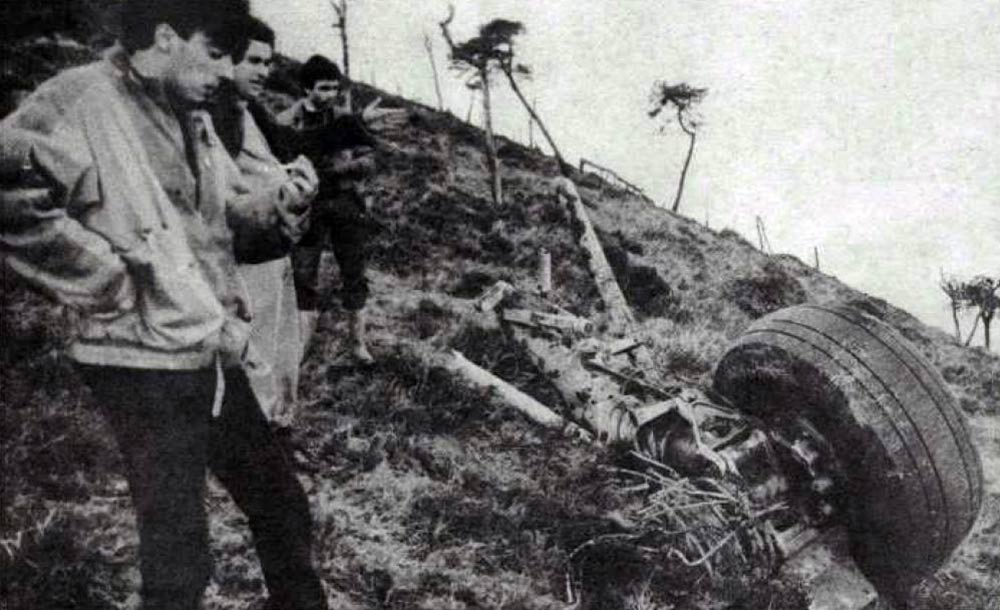

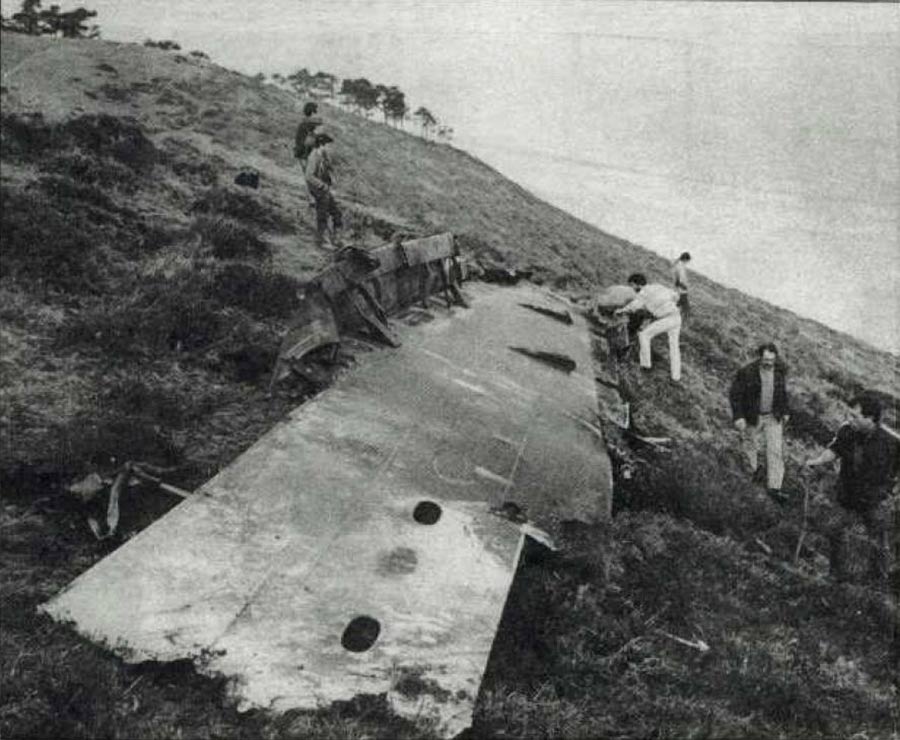


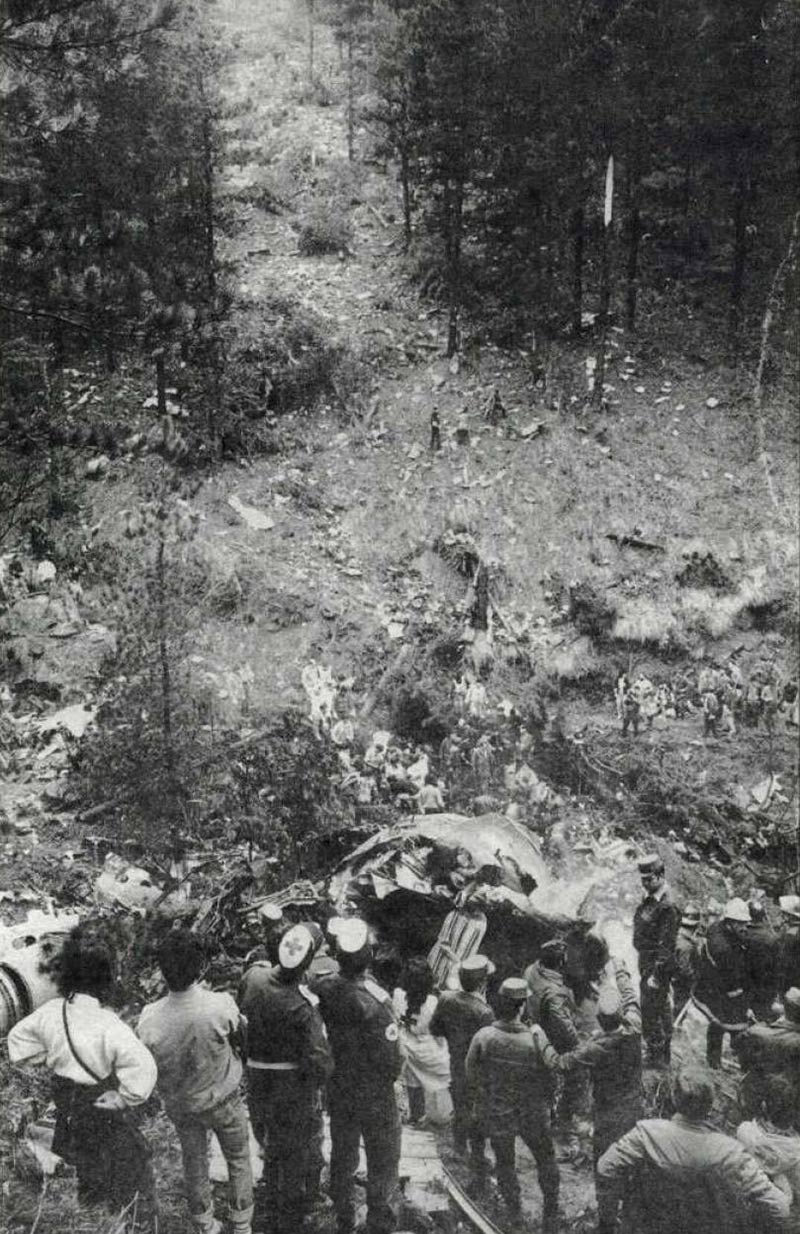

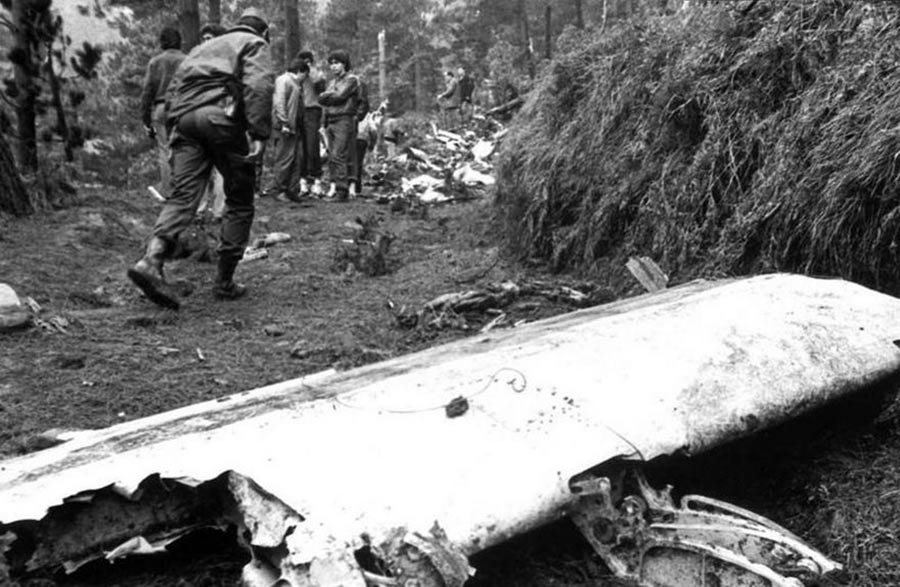
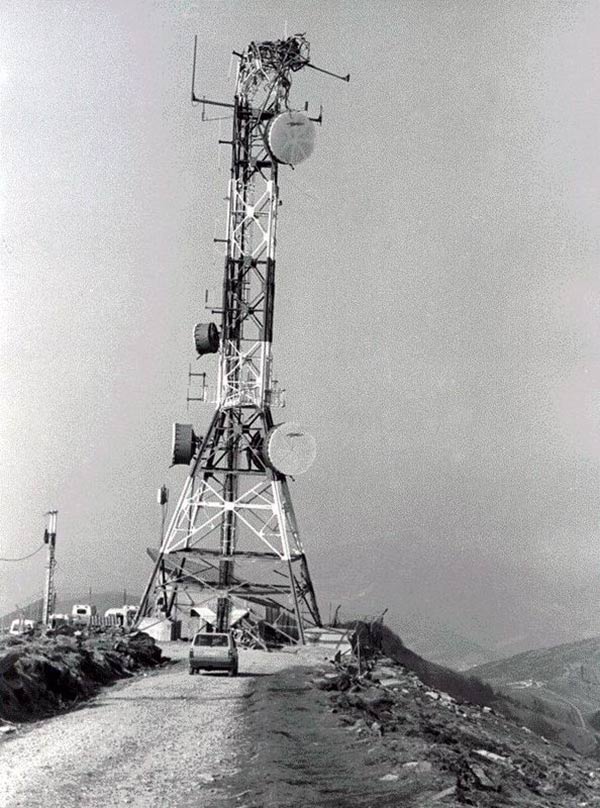

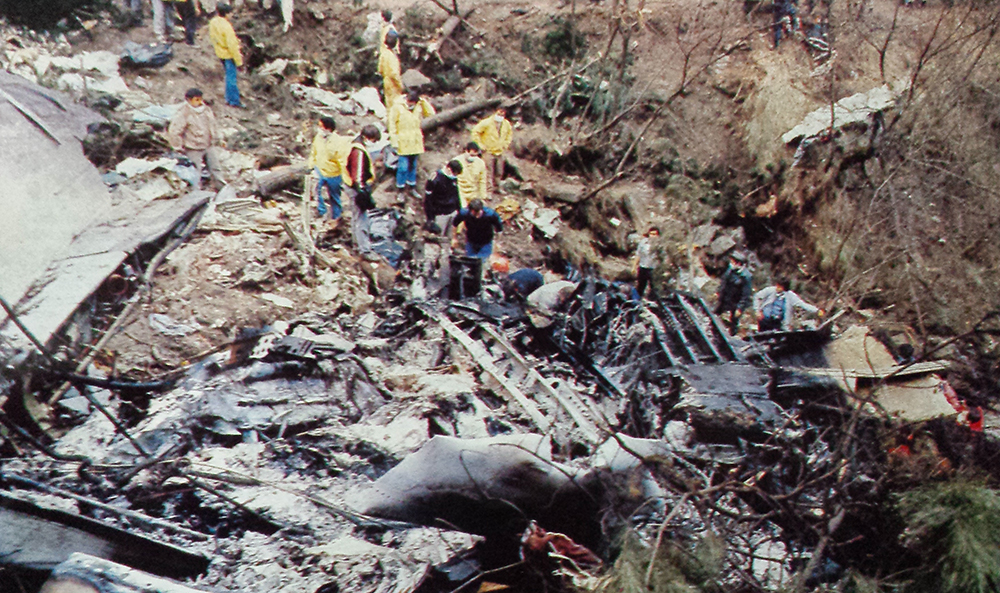

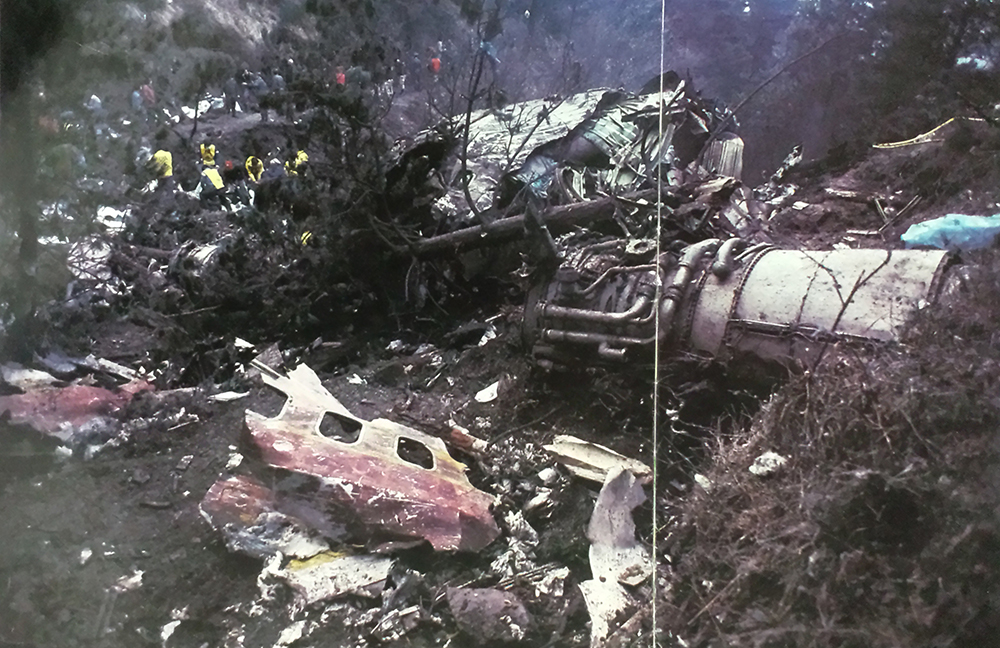

Crash of a Boeing 727-225 on Mt Nevado Illimani: 29 killed
Date & Time:
Jan 1, 1985 at 2030 LT
Registration:
N819EA
Survivors:
No
Schedule:
Asunción - La Paz
MSN:
22556
YOM:
1982
Flight number:
EA980
Crew on board:
10
Crew fatalities:
Pax on board:
19
Pax fatalities:
Other fatalities:
Total fatalities:
29
Circumstances:
After crossing Dakon intersection about 55 NM southeast of La Paz, the crew was cleared to descend from FL250 to FL180. The crew deviated from the prescribed route apparently to avoid bad weather when, at an altitude of 19,600 feet, the aircraft struck the slope of Mt Nevado Illimani (6,400 meters high) located 43 km southeast from runway 28. The aircraft disintegrated on impact and all 29 occupants were killed.
Probable cause:
Controlled flight into terrain after the crew failed to realize his altitude and path were incorrect while cruising in limited visibility due to the night and clouds up to 9,000 meters.

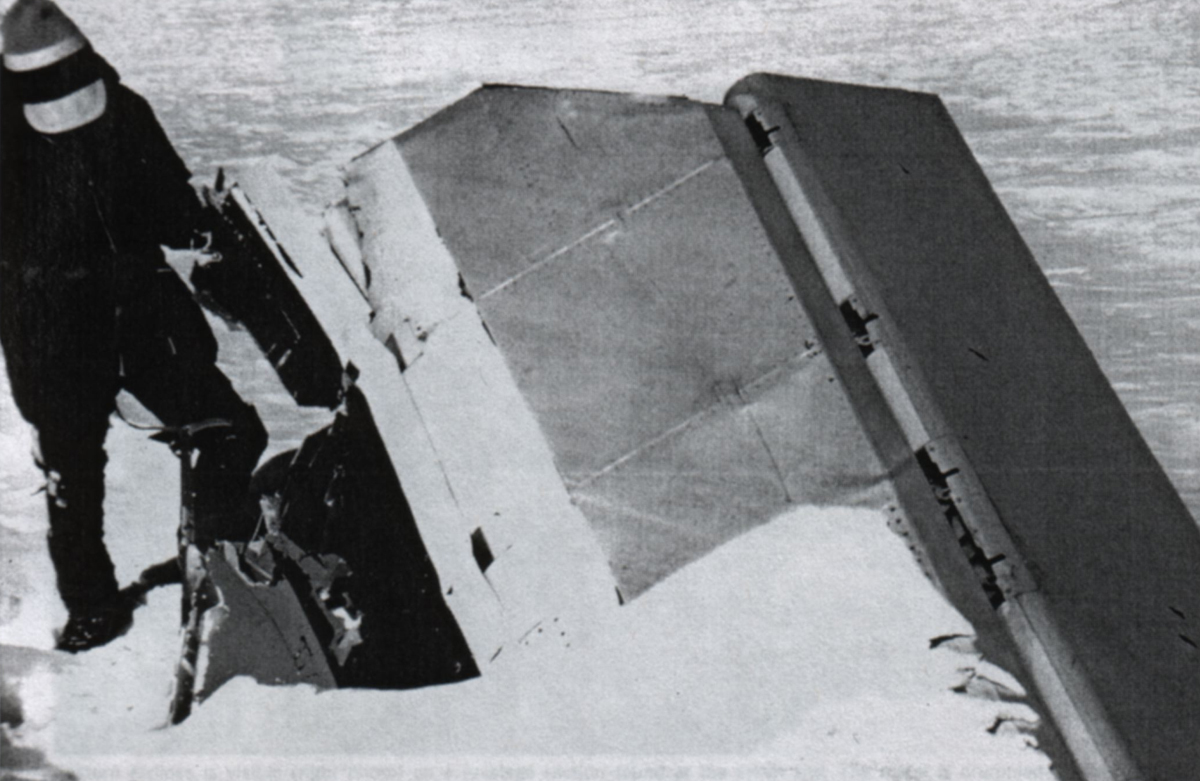
Crash of a Boeing 727-200 in Madrid: 51 killed
Date & Time:
Dec 7, 1983 at 0939 LT
Registration:
EC-CFJ
Survivors:
Yes
Schedule:
Madrid - Rome
MSN:
20820
YOM:
1974
Flight number:
IB350
Crew on board:
9
Crew fatalities:
Pax on board:
84
Pax fatalities:
Other fatalities:
Total fatalities:
51
Captain / Total hours on type:
1919.00
Copilot / Total hours on type:
2840
Aircraft flight hours:
21525
Aircraft flight cycles:
19936
Circumstances:
Boeing 727-256 EC-CFJ of Iberia, operating scheduled flight IB350 to Rome, and DC-9-32 EC-CGS of Aviaco, operating schedule AO134 to Santander, crashed on runway 01/19 at Madrid-Barajas Airport. The Boeing 727 had been cleared for takeoff on runway 01 and was at V1 speed. The DC-9 had been cleared to proceed to the holding point at runway 01 through the outer taxiway. The accident occurred approximately at 09h39:29 on December 7, 1983. As a result of the impact and instant fire, the DC-9 aircraft was totally destroyed, dying the whole of its occupants, 5 crew members and 37 passengers. The Boeing 727 aircraft lost almost all of its left wing and main gear of the same side, sliding on the runway about 460 meters, until its final stop, remaining facing the opposite direction of takeoff, on the left edge of runway 01. As a result of the impact and of the spilling of fuel from the left wing, there was an almost instant fire at the time o the crash, which subsequently destroyed the aircraft. 34 passengers and 8 crew members out of the 84 passengers and 9 crew members, survived. 50 passengers and one assistance crew member died as a result of the impact and fire. The conditions of visibility at the airport were of daylight and intense fog.
Probable cause:
The cause of the accident was the unknown incursion of the DC-9 on the runway 01/19 when the Boeing 727 was on takeoff roll. The DC-9 was on the active runway because visibility conditions due to fog, by the zone where the aircraft was taxiing, impeded to the crew obtain sufficient visual references, to determine that, that was not the correct run that they should realize to reach the threshold of runway 01.
Final Report:
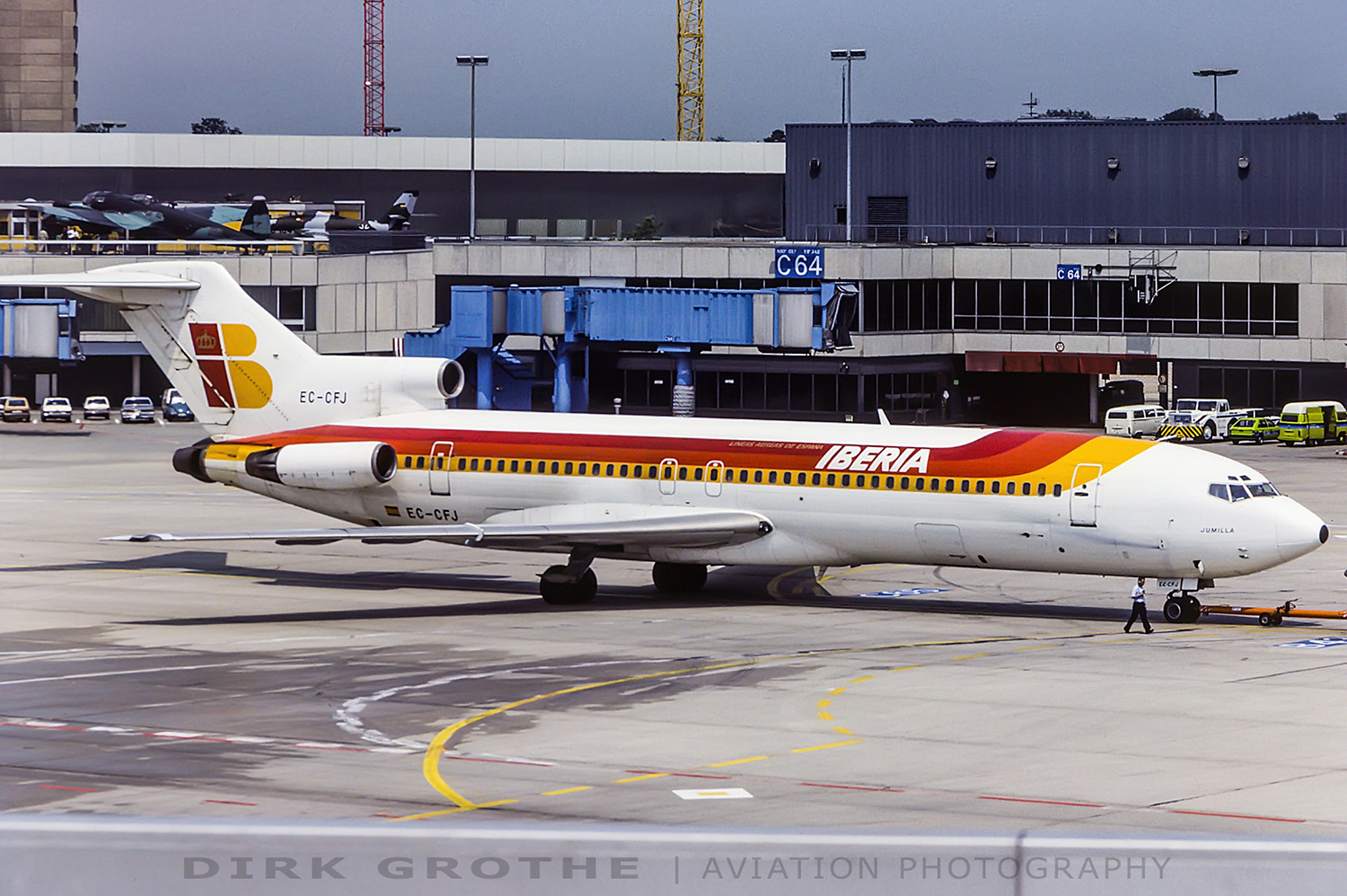
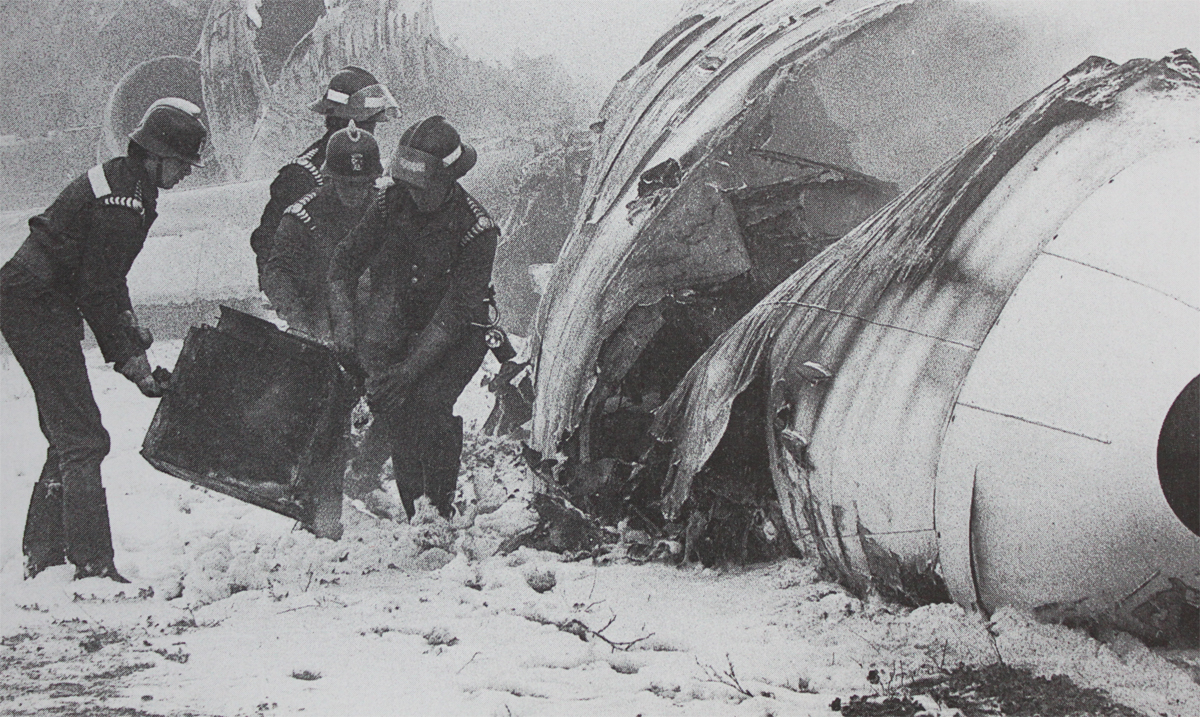
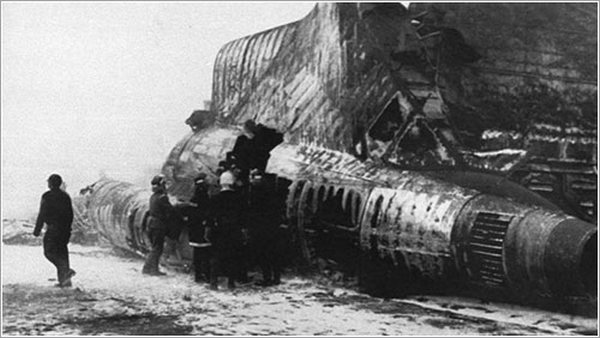
Crash of a Boeing 727-2F2 in Ankara: 47 killed
Date & Time:
Jan 16, 1983 at 2230 LT
Registration:
TC-JBR
Survivors:
Yes
Schedule:
Paris – Tripoli – Istanbul – Ankara
MSN:
21603
YOM:
1978
Flight number:
TK158
Crew on board:
7
Crew fatalities:
Pax on board:
60
Pax fatalities:
Other fatalities:
Total fatalities:
47
Circumstances:
On final approach to Ankara-Esenboğa Airport by night, the crew encountered poor weather conditions with snow falls. On short final, the three engine airplane struck the ground 50 meters short of runway and crashed, bursting into flames. Twenty occupants were injured while 47 passengers were killed.
Probable cause:
It is believed that the airplane lost height during the last segment after being caught by downdrafts and wind shear.

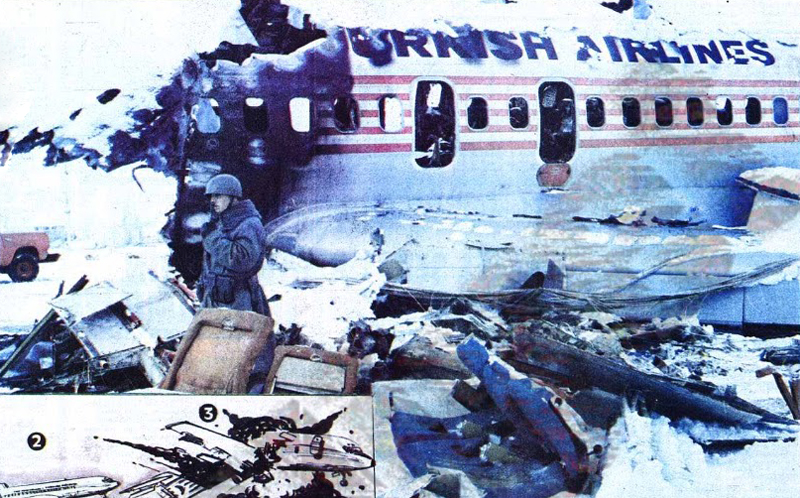
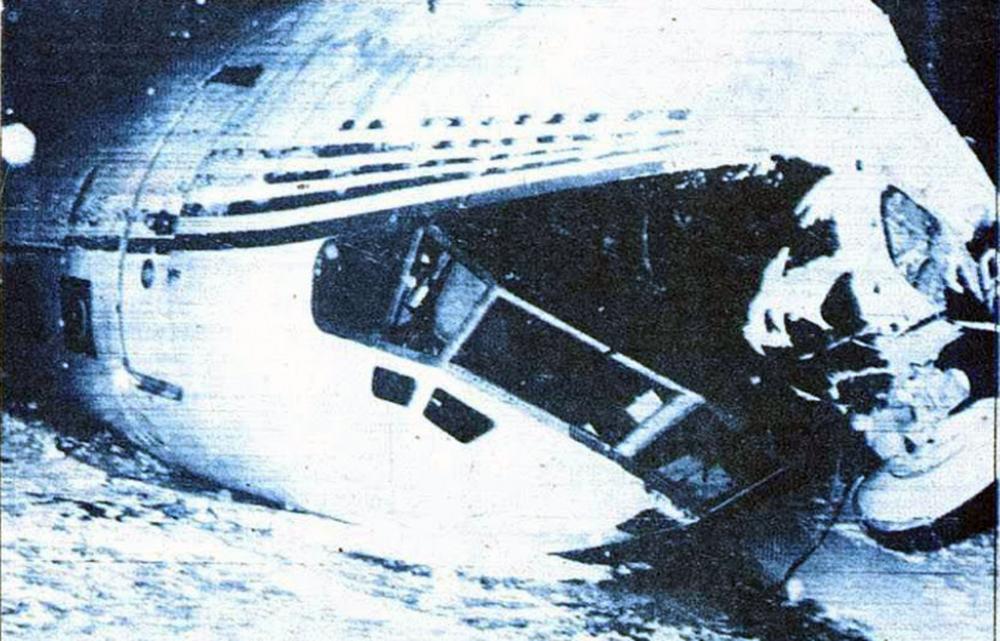
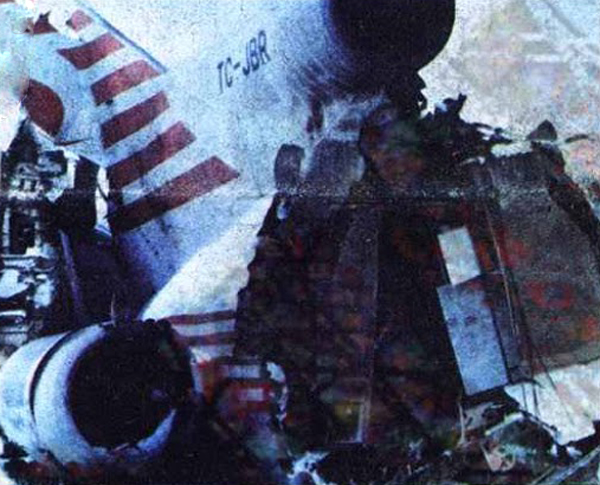

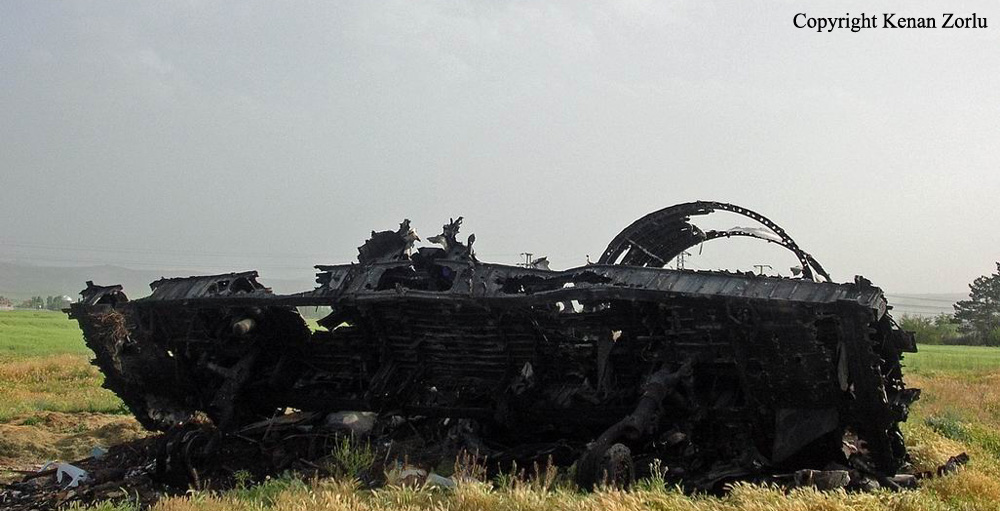
Crash of a Boeing 727-235 in New Orleans: 153 killed
Date & Time:
Jul 9, 1982 at 1608 LT
Registration:
N4737
Survivors:
No
Schedule:
Miami - New Orleans - Las Vegas - San Francisco - San Diego
MSN:
19457
YOM:
1968
Flight number:
PA759
Crew on board:
7
Crew fatalities:
Pax on board:
138
Pax fatalities:
Other fatalities:
Total fatalities:
153
Captain / Total hours on type:
10595.00
Copilot / Total hours on type:
3914
Aircraft flight hours:
39253
Aircraft flight cycles:
35643
Circumstances:
Pan Am Flight 759 was a scheduled flight from Miami (MIA) to Las Vegas (LAS), with an en route stop at New Or1eans (MSY). At 15:58:48 Boeing 727 "Clipper Defiance" taxied from its gate at the New Orleans International Airport. Before leaving the gate, the flightcrew had received ATIS message Foxtrot which read in part "....time one eight five five Zulu, weather, two thousand five hundred scattered, two five thousand thin broken, visibility six miles in haze, temperature niner zero, wind two four zero at two, winds are calm altimeter three zero zero one...". The flightcrew requested runway 10 for the takeoff and ground control cleared the flight to taxi to runway 10. At 15:59:03, the first officer requested a wind check. Winds were 040 degrees at 8 knots. At 16:02:34, while Flight 759 was taxiing to runway 10, the crew heard a transmission from ground control, advising another airplane of low level wind shear alerts in the northeast quadrants of the airport. At 16:03:33, the first officer requested another wind check. Ground control replied, "Wind now zero seven zero degrees at one seven... peak gusts two three, and we have low level wind shear alerts all quadrants, appears to be a frontal passing overhead right now, we're right in the middle of everything." The captain then advised the first officer to "...let your airspeed build up on takeoff..." and said that they would turn off the air conditioning packs for the takeoff, which would enable them to increase the EPR's on engines Nos. 1 and 3 to 1.92. The flightcrew completed the takeoff and departure briefings and turned onto the active runway for takeoff. At l6:06:22, Flight 759 informed the tower that it was ready for takeoff. The local controller cleared the flight for takeoff, and the first officer acknowledged the clearance. About 16:07:57, the Boeing 727 began its takeoff. According to witnesses, the airplane lifted off about 7,000 feet down runway 10, climbed in a wings-level attitude, reached an altitude of about 100 feet to 150 feet above the ground (AGL), and then began to descend towards trees. The airplane crashed into a residential area and was destroyed during the impact, explosion, and subsequent ground fire. Eight persons on the ground were killed.
Probable cause:
The airplane's encounter during the lift-off and initial climb phase of flight with a micro-burst induced windshear which imposed a downdraft and a decreasing headwind, the effects of which the pilot would have had difficulty recognizing and reacting to in time for the airplane's descent to be arrested before its impact with trees. Contributing to the accident was the limited capability of current ground based low level windshear detection technology to provide definitive guidance for controllers and pilots for use in avoiding low level wind shear encounters.
Final Report:



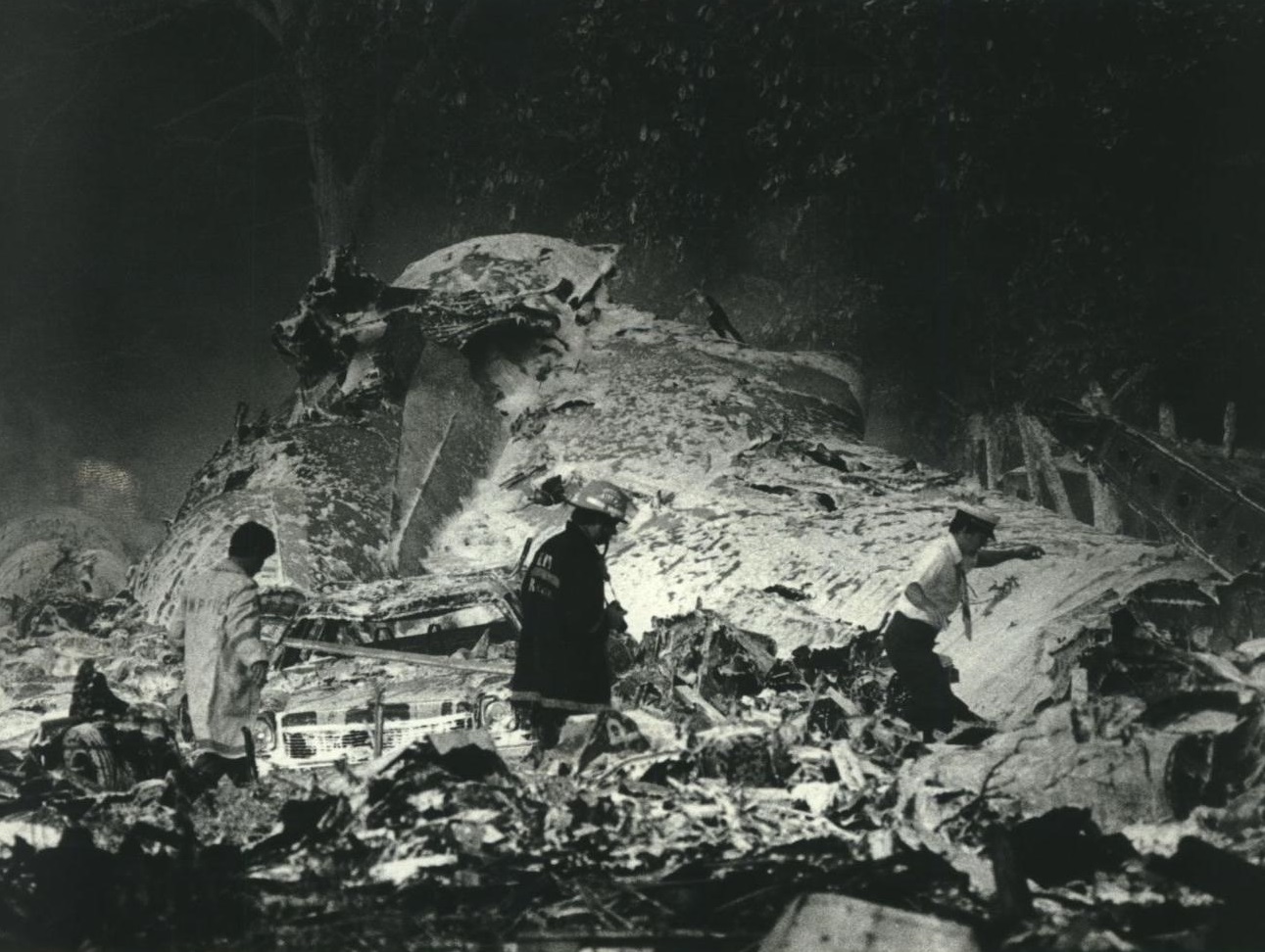
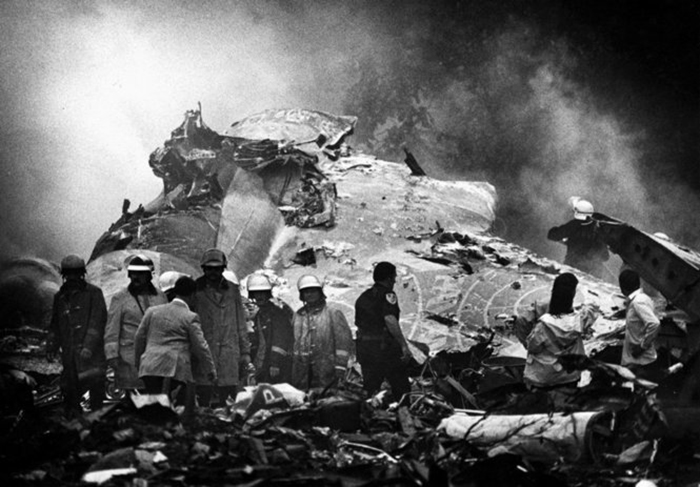


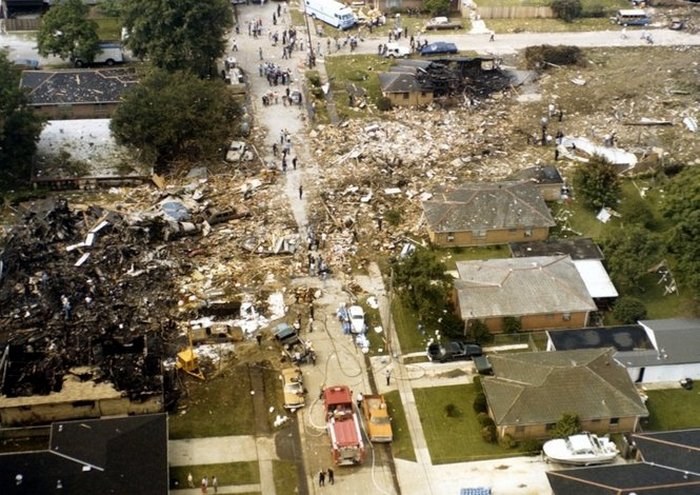

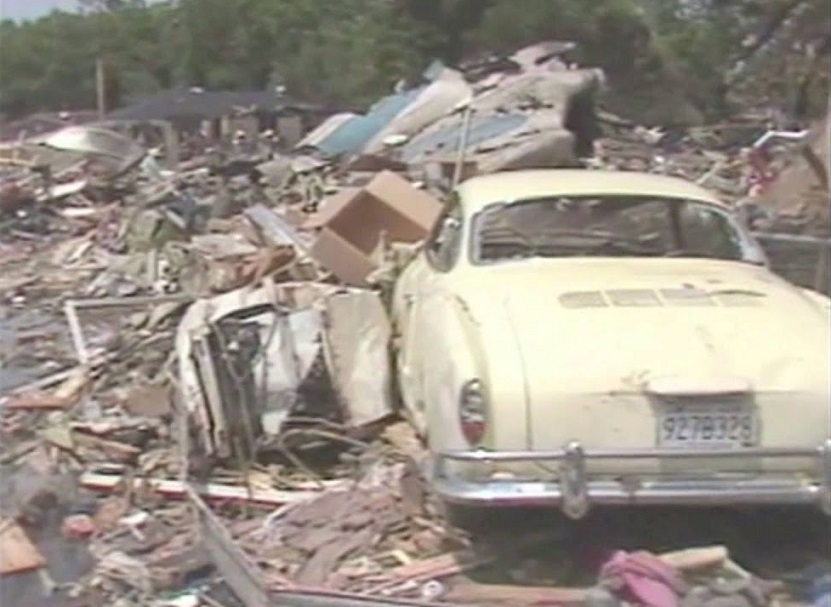

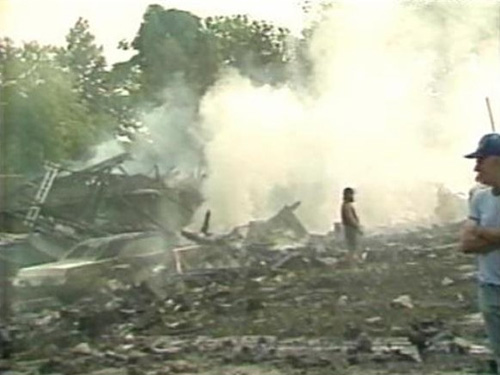
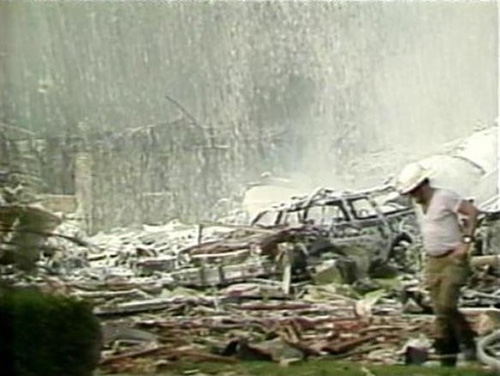
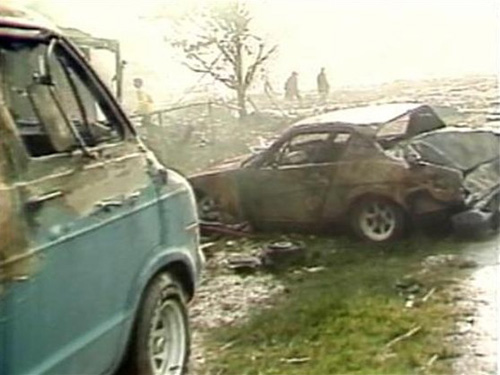
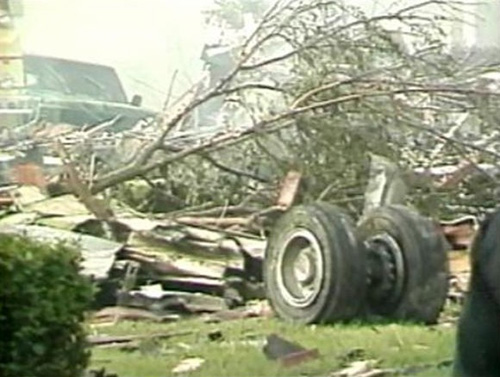



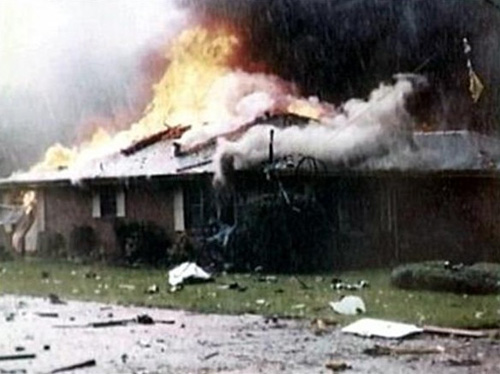
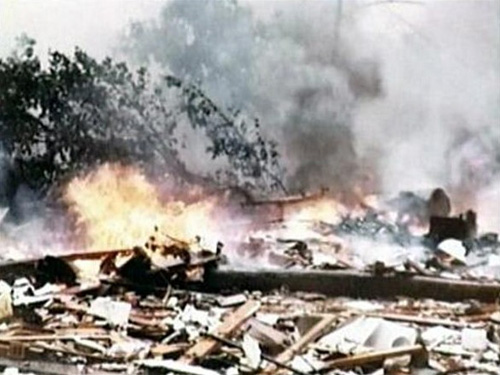
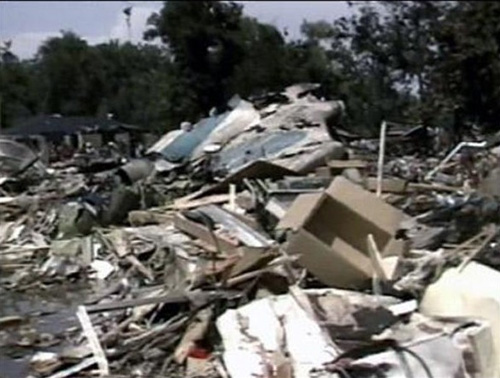
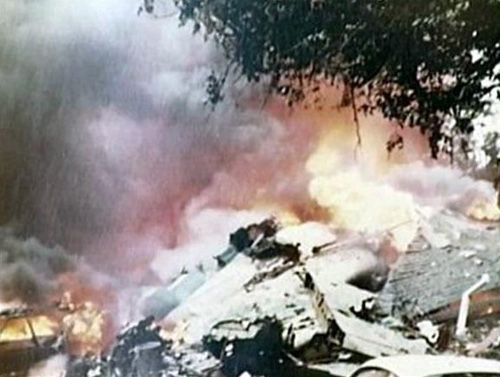
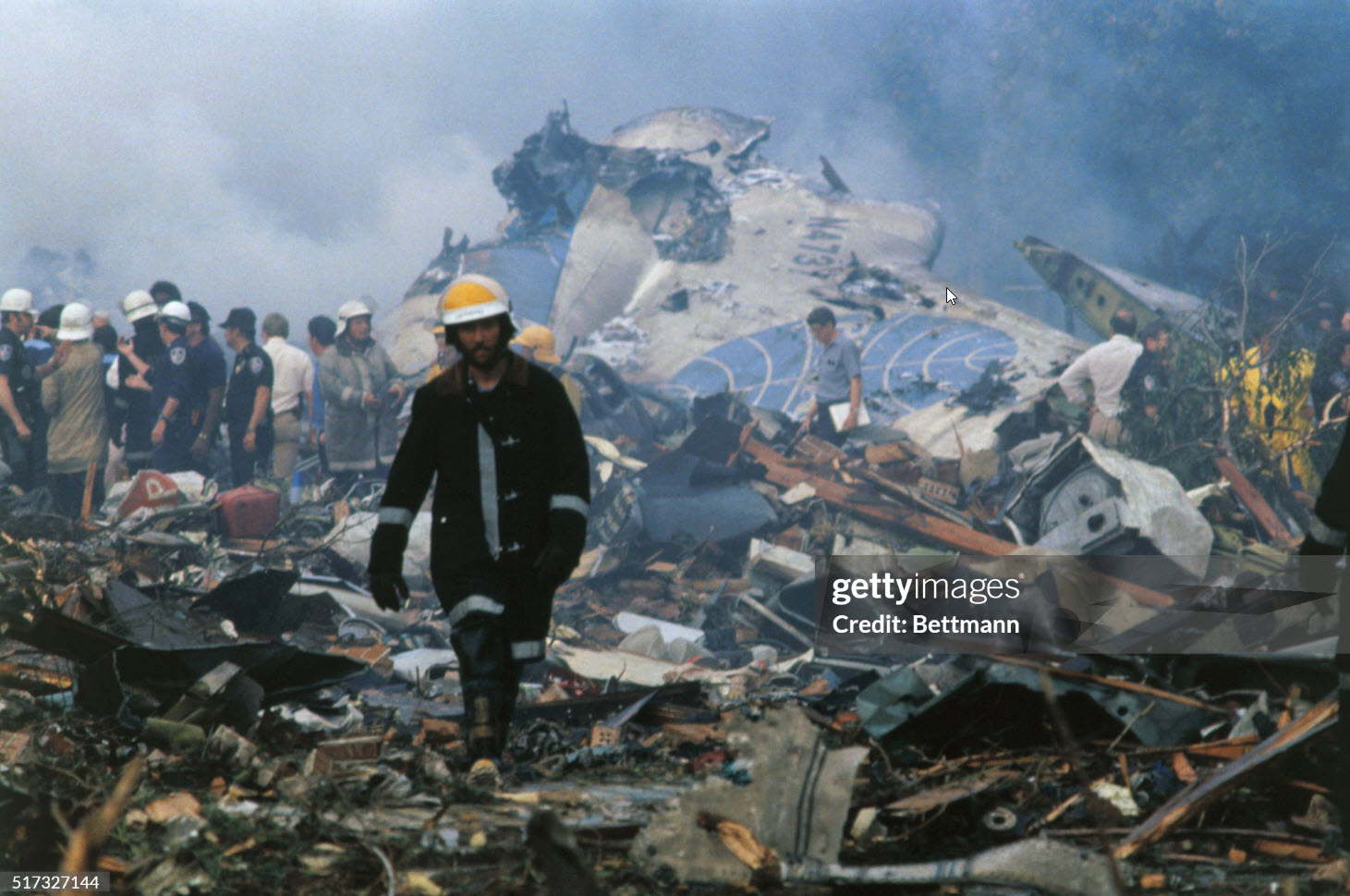
Crash of a Boeing 727-212 near Fortaleza: 137 killed
Date & Time:
Jun 8, 1982 at 0225 LT
Registration:
PP-SRK
Survivors:
No
Schedule:
São Paulo – Rio de Janeiro – Fortaleza
MSN:
21347
YOM:
1977
Flight number:
VP168
Crew on board:
9
Crew fatalities:
Pax on board:
128
Pax fatalities:
Other fatalities:
Total fatalities:
137
Circumstances:
Following an uneventful flight from Rio de Janeiro-Galeão Airport, the crew initiated a night descent to Fortaleza-Pinto Martins Airport, Ceará. ATC cleared the flight to descent to 5,000 feet and while facing the city lights, the captain descended below the prescribed altitude of 5,000 feet. Despite two altitude alert system warnings and the copilot's warning about mountains ahead, the captain continued to descend until the aircraft struck a wooded mountain located in the Aratanha Mountain Range, some 26 km southwest of the airport. The aircraft disintegrated on impact and all 137 occupants were killed.
Probable cause:
For unknown reasons, the captain continued the descent below 5,000 feet as instructed by ATC and ignored GPWS and pilot warnings.


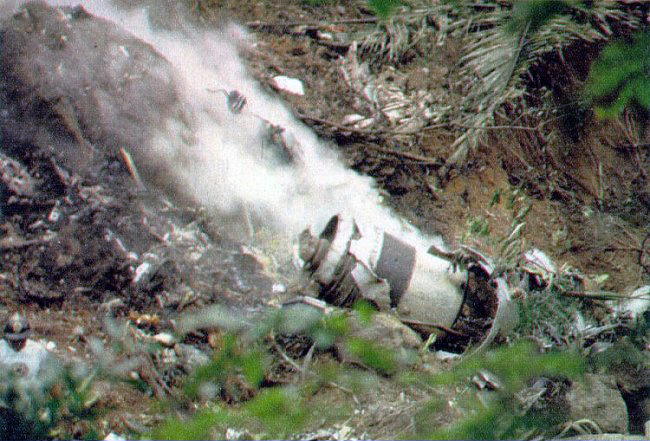
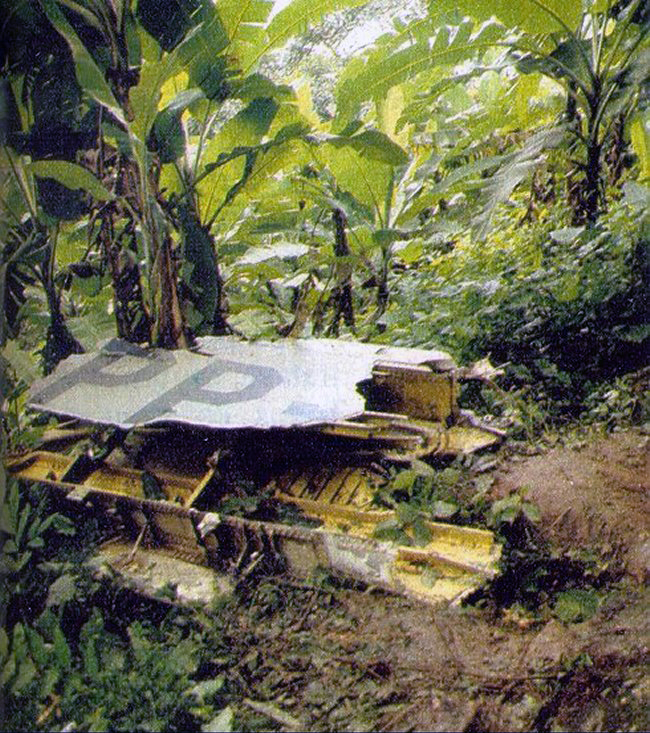

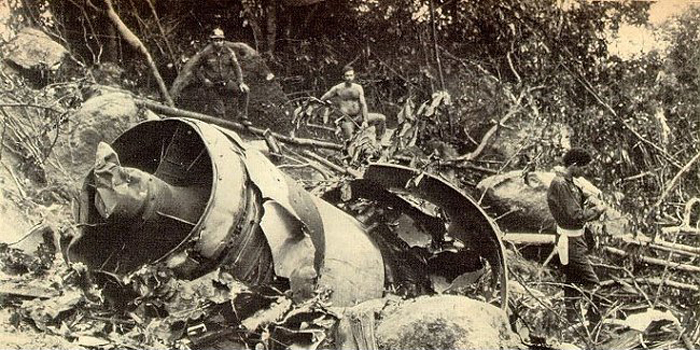
Crash of a Boeing 727-2D3 in Doha: 45 killed
Date & Time:
Mar 14, 1979 at 2340 LT
Registration:
JY-ADU
Survivors:
Yes
Schedule:
Amman - Doha - Muscat
MSN:
20886/1061
YOM:
1974
Flight number:
RJ600
Crew on board:
15
Crew fatalities:
Pax on board:
49
Pax fatalities:
Other fatalities:
Total fatalities:
45
Circumstances:
Flight Royal Jordanian 600 departed Amman for a flight to Doha and Muscat. With the first officer as the handling pilot the aircraft, called "The City of Petra", left Amman at 21:55. Contact was established with Doha at 23:08 at a range of 45 miles when weather information was received, which included: wind 090° at 17 knots, visibility 10 km in thunderstorms, 1/8 CS at 2500 feet, 3/8 at 3000 feet, and QNH 1008. The controller added that the thunderstorm appeared to be building up over and to the north west of the airfield. The pilot requested runway 16 and was cleared for a visual approach to that runway or for a NDB/VOR approach if visual contact with the airfield was not established. The aircraft reported approaching the overhead position for a NDB/VOR procedure at 23:17. On the airfield rain was falling quite heavily and the controller informed the aircraft of this. The NDB then tripped, presumably as a result of a lightning strike but was back in the air again at 23:22. At 23:25 the aircraft reported procedure turn complete and was cleared to land. At 23:29 the aircraft reported that it had not seen the runway, and initiated a missed approach, requesting and receiving clearance to make an ILS approach to runway 34. At 23:30 a wind was reported 290°/14 knots in heavy rain. At 23:35 the aircraft reported procedure turn complete and field in sight. Landing clearance was given with a wind of 180°/06 kt. During the next 2 minutes of the final approach the controller reported winds of 150° at 13 kt, 150° at 15 kt, and 140° at 17 knots. Because of the increasing tail wind component and difficulties in maintaining the glide slope the crew decided before reaching decision height, that a missed approach was necessary and this was initiated at 23:37:19 at a height of about 300 feet agl. The pilot then requested clearance to Dhahran and the controller cleared the aircraft to climb straight ahead to FL 80. Go around power was applied and 25° flaps was selected, the undercarriage was raised. The aircraft climbed to 750 feet with the indicated airspeed falling to approximately 140 knots. The aircraft then began to descend at an increasing rate until it struck the ground with a vertical speed of 4200 ft/min., with the IAS increasing rapidly to approximately 170 kt in the last 5 seconds. The aircraft struck the left hand edge of the runway, 2050 m from the threshold with the nose approximately 10° above the horizon and with the left wing 5° down. The aircraft bounced off the first impact and turning left, rolled to the right to an inverted position and then slid, tail first, into the Fire Station garage some 800 m from the first impact point and 270 m from the runway edge. The fuselage broke into three main sections during the process. Four crew members and 41 passengers were killed while 19 other occupants were injured.
Probable cause:
The aircraft's encounter with a downburst associated with a thunderstorm, the effects of which exceeded the performance capability of the aircraft. The encounter resulted from the flight crew's decision to conduct an approach to land without due regard to the prevailing weather conditions.
